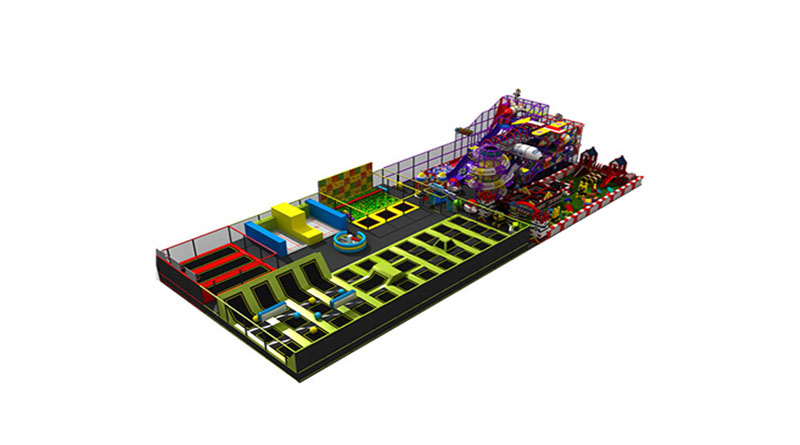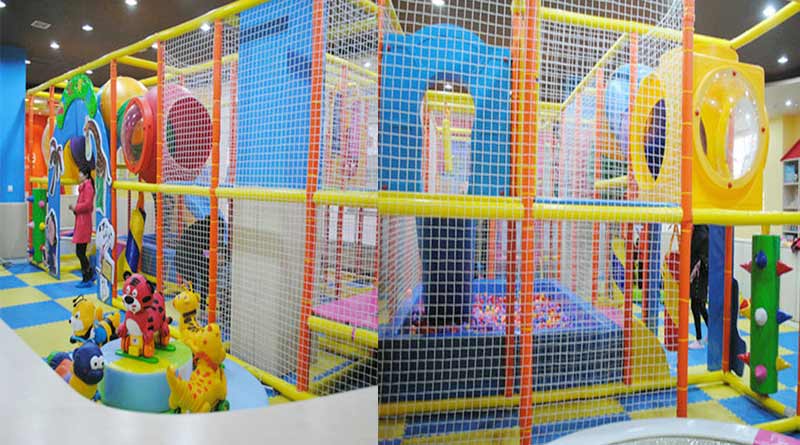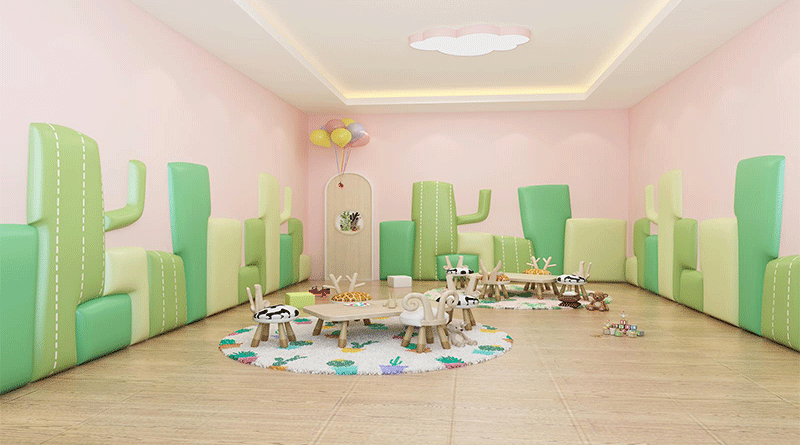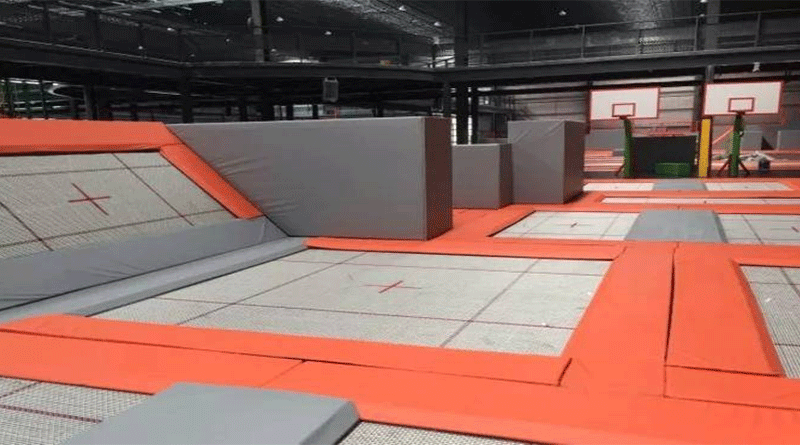How to start a trampoline park
 Sep 20,2025
Sep 20,2025The trampoline park industry has experienced remarkable growth in recent years, driven by increasing demand for active entertainment options for both children and adults. However, launching a successful trampoline park requires careful planning that balances commercial viability with strict safety standards. This comprehensive guide outlines the eight essential steps to turn your trampoline park vision into a thriving business.
1. Conduct Market Research
Before you invest a single dollar, you must understand your market. Thorough research is the foundation of your entire business.
Demand Analysis: Is there a demand for a trampoline park in your target area? Look at population demographics, particularly the concentration of families, teenagers, and young adults.
Competition: Identify existing parks or similar entertainment venues (like laser tag or indoor play centers). Visit them. Analyze their pricing, offerings, customer reviews, and what they do well or poorly.
Target Audience: Who are you catering to? Your focus could be on young children's birthday parties, extreme athletes, fitness classes, or a broad mix. This decision will influence everything from your park's design to your marketing strategy.
Location Scouting (Preliminary): Get a sense of where your potential customers are and what areas have suitable commercial real estate.
Local regulations & trends: Research zoning rules, population growth, and household income. Tailor offerings (e.g., kids' zones for family-heavy areas, adult sessions for college towns).
2. Create a Business Plan
A detailed business plan is your roadmap to success and is crucial for securing funding. It should include:
Executive Summary: A high-level overview of your entire business.
Company Description: Your business name, structure (LLC, corporation, etc.), and mission statement.
Market Analysis: Summarize your research from step one.
Organization and Management: Outline your management team and organizational structure.
Services and Offerings: Detail what you will provide: open jump, dodgeball, foam pits, ninja warrior courses, party rooms, a cafe, etc.
Marketing and Sales Strategy: How you plan to attract and retain customers.
Financial Projections: This is critical. Include startup cost estimates, projected revenue, profit and loss forecasts, and a break-even analysis.
3. Secure Funding
Starting a trampoline park is capital-intensive. Costs include leasing a large warehouse, purchasing expensive equipment, insurance, and staffing. Common funding options include:
Personal Investment/Savings
Small Business Loans from banks or the Small Business Administration (SBA)
Seeking Investors who believe in your business plan
Equipment Financing specifically for the trampolines and attractions
4. Choose and Prepare the Location
Location can make or break your business. Look for a facility that is:
Large Enough: You'll typically need a minimum of 20,000-30,000 square feet with high ceilings.
Highly Visible and Accessible: Easy to find with good signage opportunities and ample parking.
In a High-Traffic Area: Near shopping centers, residential neighborhoods, or other entertainment venues is ideal.
Structurally Sound: Ensure the building can handle the load and has the necessary power requirements.
Once leased, you'll need to prepare the space, which may involve renovating restrooms, building party rooms, installing a front desk, and ensuring the flooring and utilities are up to code.
5. Design and Equip the Park
This is the most exciting step—designing the fun! Your layout must prioritize safety and flow while maximizing the guest experience. Key areas include the main jump arena, dedicated toddler zones, party rooms, and a waiting/snack area.
When it comes to equipment, never compromise on quality or safety. This is where partnering with a reputable manufacturer is paramount. For industry-leading equipment, consider Baiqi's trampoline park equipment.
Baiqi (also known as Airqi) is a globally recognized manufacturer known for its innovative, high-quality, and safety-certified products. They offer a comprehensive range of attractions beyond standard trampolines:
-
Interconnected Trampolines: Their core product, built with heavy-duty steel frames and high-tensile jump beds for superior performance and durability.
-
Specialized Attractions: Foam pits, ninja warrior courses, climbing walls, dodgeball courts, and basketball slam dunk lanes.
-
Toddler Zones: Specifically designed with softer springs and lower heights for young children.
-
Customization: Baiqi works with park owners to design custom layouts that optimize space and create a unique identity for your park.
Choosing a supplier like Baiqi ensures you get equipment that meets or exceeds international safety standards (like ASTM and TÜV), comes with reliable warranty support, and provides a thrilling experience that will keep customers coming back.
6. Handle Legal and Operational Aspects
Legal permits: Obtain business license, building permit, amusement park license (check local requirements).
Implement protocols: Regular equipment inspections, clear signage, trained supervisors.
Comprehensive insurance: General liability, property, workers' compensation.
Operations: Develop daily routines (opening/closing, cleaning, emergencies). Invest in POS systems for admissions/bookings/concessions. Launch membership programs for repeat business.
7. Hire and Train Staff
Hiring: Recruit enthusiastic staff with child/customer service experience. Key roles: jump monitors, party hosts, front desk, maintenance techs, manager.
Training: Focus on safety, equipment operation, customer service. Certify jump monitors in CPR/first aid. Train maintenance techs on equipment.
Staff retention: Establish communication channels, feedback systems, and performance rewards.
Establish clear communication channels and a system for ongoing feedback and training to ensure your staff remains knowledgeable and motivated. Recognize and reward exceptional performance to foster a positive work environment and reduce turnover.
8. Market and Launch Your Park
Pre-launch marketing: Build brand identity (logo, website, social media). Use Facebook/Instagram/TikTok for photos/videos, contests, testimonials, and special offers.
Launch strategies: Partner with local schools/daycares for previews/group discounts. Collaborate with influencers/celebrities. Host grand opening (live music, food trucks, activities).
Post-launch growth: Run ongoing promotions, loyalty programs, and events (birthdays, team-building, fitness classes). Collect feedback to adjust offerings.
Launching a trampoline park is a challenging but rewarding venture. By following these eight steps and prioritizing safety, quality, and customer satisfaction, you can create a thriving business that provides fun and active entertainment for your community for years to come.








